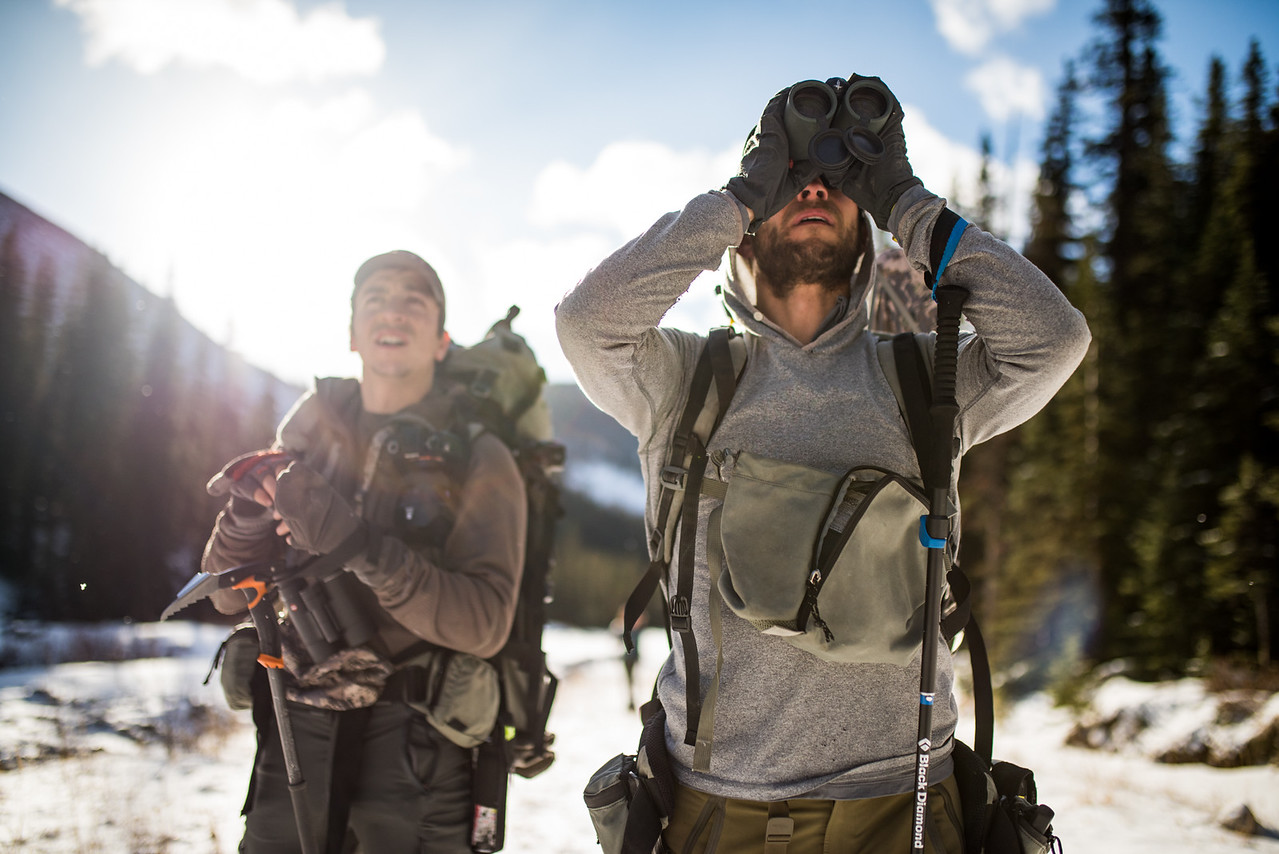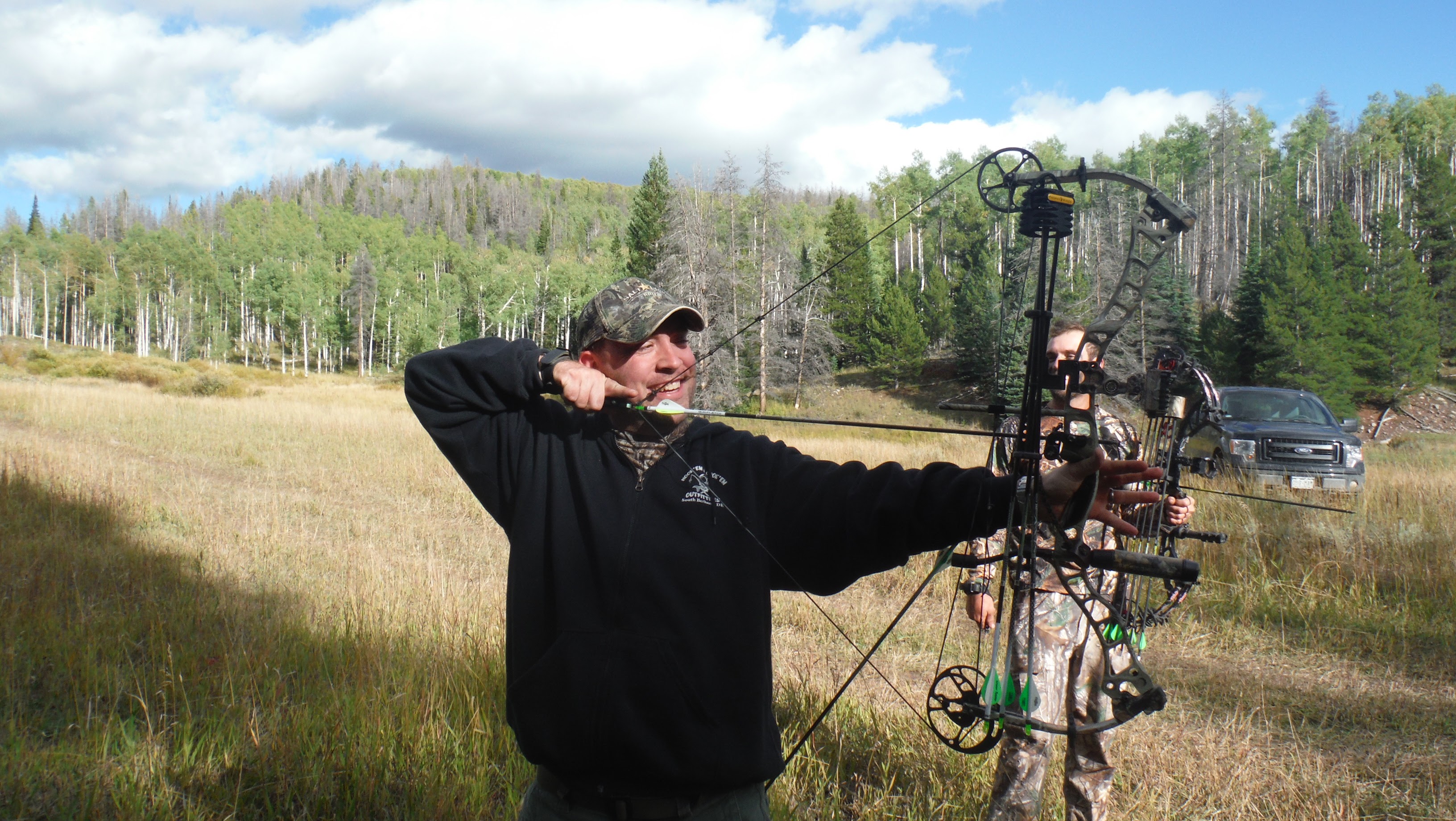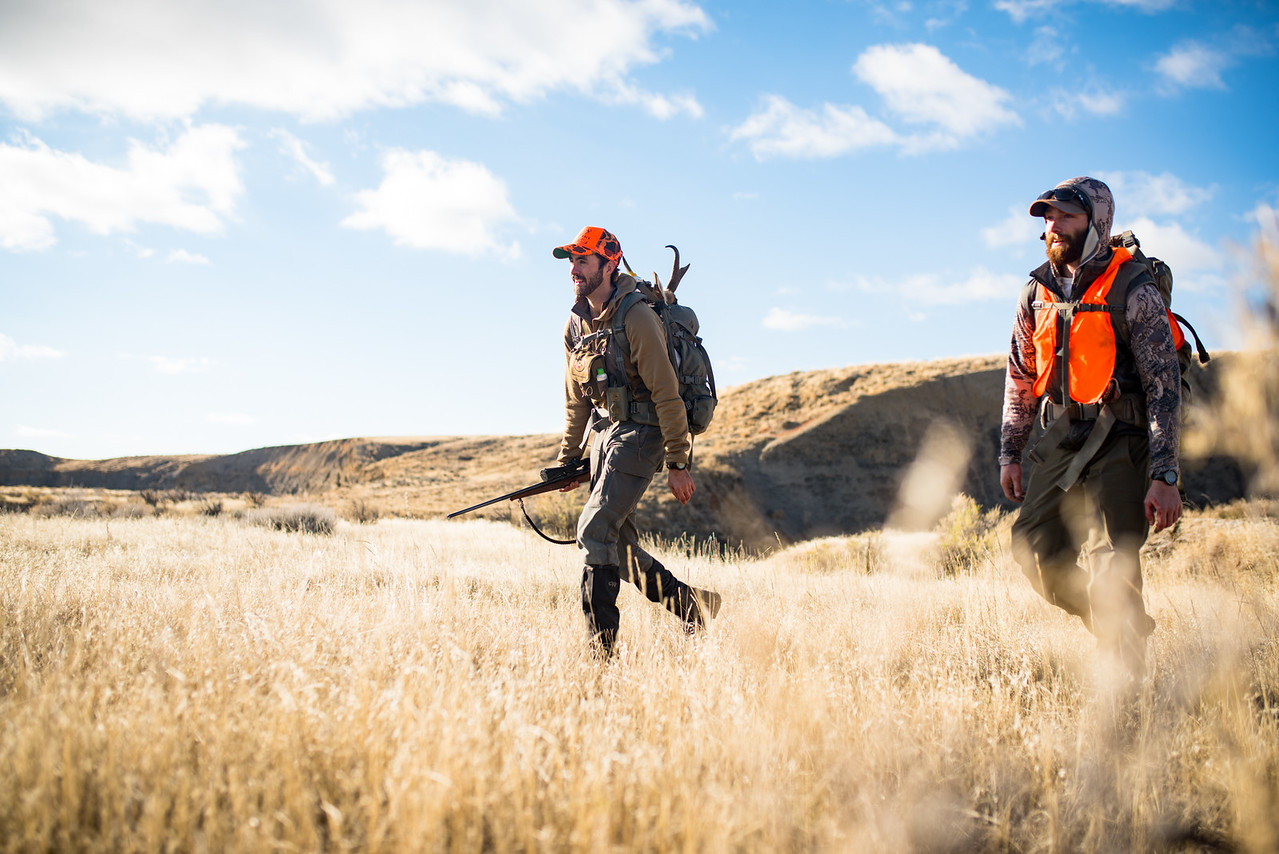If you’re reading this, chances are you’re a baby boomer (ages 54-72) or Generation X (ages 38-53). And we’re happy you’re here. But we aren’t getting any younger, and that directly influences hunter numbers, which are
in decline. In fact, hunter participation in the U.S. dropped by 2.2 million hunters - or 16 percent - between 2011 and 2016, according to the latest U.S. Fish and Wildlife Survey. While that might mean fewer people on our favorite hunting grounds,
it also means less revenue generated for fish and wildlife management through license sales - and fewer voices who support hunting. As boomers and Gen Xers age, the number of them who hunt will almost certainly continue to decline. So who’s
going to hunt in the future?
Enter the millennials (ages 22-37). With numbers topping 70 million, millennials are the most populous age segment in American history. They have been blamed for “ruining” everything from golf to dinner dates. It might be easy to add hunting
to the list. But rather than scoff and blame, we should look to this generation as an opportunity to help boost hunter numbers. How can we do that?
Listen more. Talk less.
This is a solid rule in general, and if we hope to boost hunter numbers, we have to listen to what millennials have to say. The Rocky Mountain Elk Foundation reached out to a half-dozen millennials across the country and simply asked them, “What
are the barriers you face or have faced when getting into hunting?” and “Why do you have an interest in hunting?” Although this is just the tip of the millennial iceberg in terms of survey numbers, these findings offer a good starting
point.

1 Focus on Meat, Not Antlers
Millennials generally are not smitten with antlers when they first start hunting. Instead, they want to harvest that free-range, organic protein. “The whole locavore movement is a huge motivator,” says Mateen Hessami, a senior in wildlife
biology at the University of Montana. This past fall, he helped launch a hunter mentoring program for university students that paired experienced hunters with novices.
Hunters like Steven Rinella, author and host of MeatEater, are speaking to that crowd, and the response has been positive. If you know millennials who are into food, have them over for a BBQ. If they don’t hunt, don’t bore them with
rack stats or turn them off with big buck photos. Simply cook up some elk backstrap medium rare and serve. You’ll most likely start getting questions.
2 Help Them Gear Up
New hunting gear isn’t getting any cheaper, and millennials are not likely to spend a lot on equipment they may only use once. If you have an old bow, loan it to them. Go to a local archery shop to help them get set up. And they love thrift stores.
(I do too!) Chances are you’ve got more than one orange vest in the garage. Old hiking boots, even tennis shoes, are just fine for early season hunting. Camo is helpful but not essential. Help them build a first-aid kit from scratch. Show them
how to use a contractor garbage bag as a poncho in a pinch. Whatever you can do to eliminate financial barriers.
3 Invite Them to Shoot
When firearms make mainstream news, it’s never because something good happened. And because millennials get news updates every 15 seconds, they hear about it.
“I think the stigma around guns is a big factor for people not from rural areas,” says Shanti Johnson, a 28-year-old raised in rural Colorado. “Guns are uncomfortable to be around if you don’t know how to use them. Where do you
even go when you’re ready to start learning to shoot?”
Offer to take a millennial to the shooting range, but leave the “big guns” at home. Take a .22 and some metal plinking targets. They’ll get instant gratification as the targets swing back and forth, plus you’ve broken the ice.
Go through range etiquette and gun safety as you both shoot. Next time, grab a shotgun and some clays. In other words, work up to that 7mm. Your goal is to demystify the world of firearms and make them more comfortable around guns.
4 Become a Mentor
Hunting groups are realizing the collective captive audience that is a college campus. Students are away from home, ready to try new things and figure out who they are and what they’re going to be when they grow up. Why not become a hunter?
If you live in a college town, especially one outside of a large city, check the college website for outdoor programs and clubs. Give them a call and offer to be a mentor. Consider hosting student hunters if you own land or have access to private land.
If there is no hunting club, there is likely a wildlife biology or wildlife sciences department that might just hold future hunters. The students taking those classes are already interested in wildlife and probably like to be outside, so it’s
a great place to start.

5 Check for College Discounts
Sawyer Connelly is a 26-year-old Montana elk hunter who grew up in Vermont and had never hunted before he headed west. When he went to college in Colorado, it was skiing and climbing that attracted him. After a while, he made a friend who liked to
hunt. Having little cash flow beyond tuition and living expenses, Sawyer could not afford non-resident tags. Then he learned that Colorado offers resident pricing for full-time college students. He got a license and taught himself to hunt.
More than half of all states offer some kind of student discount for non-residents. Not fair, you say? Consider how much they are spending on non-resident tuition at those schools. Plus, wildlife agencies receive matching funds from federal excise
taxes on equipment based on license sales. The more licenses they sell, the more money they get. It’s a win-win. More states should get on board.
6 Share a Spot
Chances are you have more than one good hunting spot. I’m not suggesting that you share your super-secret honey hole, but a big obstacle for new hunters is knowing where they can legally hunt. Maps and massive chunks of land can be overwhelming.
Help point future hunters in the right direction. Connelly met a guy on his college grounds crew who’d been a guide in the Flat Tops Wilderness. The former guide gave him the name of a trailhead and a couple specific drainages to try.
Think of a spot you hunted when you were younger. If you can’t accompany them on the hunt, tell your new friend where to park, what ridge to walk, and where to sit. Have them download some hunting apps and mark waypoints with them. Even if
they see no game, you’ve given them a starting point on which to build their own spots (and take a few Instagram-worthy photos). They just might return the favor one day.

7 Offer Targeted Hunter Education
When I was 24, I took a bowhunter safety course in Montana. As I recall, it was me and 22 kids around the age of 14. It was a little uncomfortable, but I got my certificate. Today there are more women-only and age-specific hunter education classes offered
- and this is a good thing.
One of my female co-workers says a common Montana pick-up line is, “Want to go scout some elk?” As a guy, that would have worked on me, but I can see where it might be a turn-off for someone who actually wants to learn how to hunt. She passed
on those offers and instead enrolled in a Montana Fish, Wildlife and Parks class specifically for adult female hunters. She describes it as stellar. We have to cater to the interests of future hunters if we want them to hunt. Making the learning environment
as comfortable as possible should be a priority.
8 Break Stereotypes
Whenever I hear a famous professional athlete claim they are not a role model, I want to smack them. (They are all much larger than me, so I refrain.) Like professional athletes, hunters are ambassadors too - whether we want to be or not. Most mainstream
non-hunters get a very limited view of hunting, and much of that comes through hunting shows on television.
I can recall one season when I killed a bull 30 minutes after leaving the truck. No high- fives or death metal followed, only the stark realization that I had to get all that meat back to the truck. Not all hunting shows on TV are unrealistic, but this
is what we compete against. Emphasize filling your freezer, the fun you had with friends and family, outdoor adventure and communing with nature, and the part you play in conservation. Few hunters even know we pay an excise tax on hunting gear. Few
non-hunters realize the sale of their new waterproof sleeping bag is subject to no such tax.
Don’t get preachy, but educating others on the role that hunters play in funding conservation is imperative if we want hunting to survive.
9 Streamline Regulations
When a buddy of mine moved from Montana to Colorado, he called me ranting about trying to learn a state’s new regulations. I tried to read through them too. It’s not something I want to do with my one hour of free time after the kids are asleep.
Millennials are no different. They want to hunt by the book, but when the book is 100 pages of entirely new vocabulary, it’s daunting. Fish and wildlife agencies can help by putting together a CliffsNotes® version on their website that explains
the general regulations.
If you know a curious millennial, offer to define the terms that are specific to your state. Feel free to laugh at the lunacy of some regs, but at the same time help your young protégé understand that it’s all in the name of wildlife
management.
10 Practice Patient Persistence
Smart phones and Facebook have gotten all of us - not just millennials - used to instant gratification. Patience isn’t a thing of the past. It’s just harder to come by. And it’s an integral part of hunting, from spot and stalk elk hunts
to tree-stand whitetail sits. If you’re lucky enough to be a mentor, don’t focus on killing. It is hunting after all. Make the outing fun and educational. If the stars align and one of you actually kills something, then you both get to
fill the freezer with that local, free-range organic meat we all love.
And maybe, just maybe, you helped someone understand how hunting is conservation.
